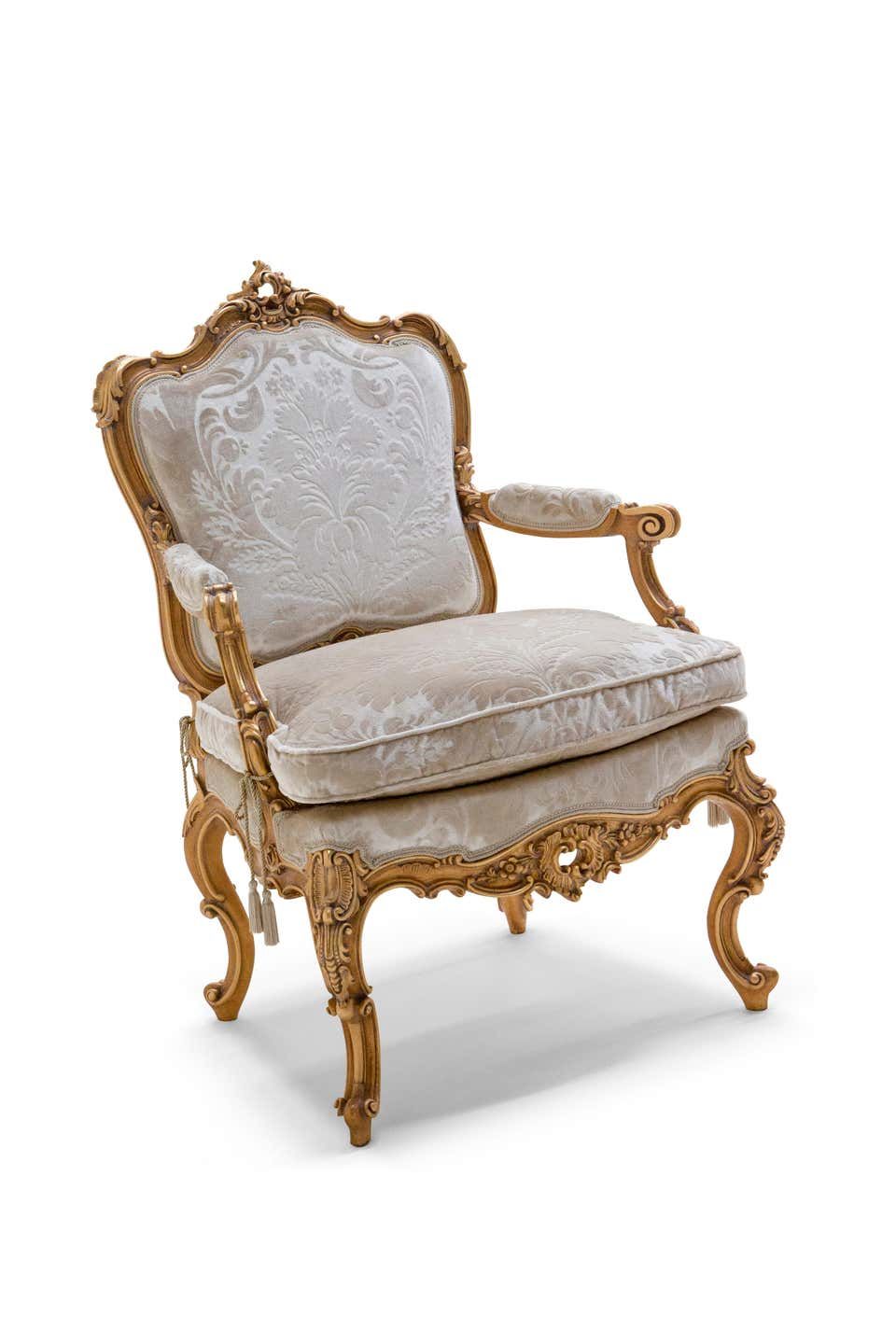
Baroque furniture, which originated in the 17th century in Italy, is known for its opulence, intricate designs, and ornate details. Characterized by its elaborate carvings, curved lines, and rich materials such as marble, gilt, and velvet, Baroque furniture was a reflection of the grandeur and wealth of the time. Its signature features included exaggerated proportions, heavy ornamentation, and a sense of drama and grandeur. The style spread throughout Europe, influencing furniture designs in countries such as France, Spain, and Austria. Baroque furniture was often used in royal palaces, churches, and wealthy aristocratic homes, serving as a symbol of power and prestige. Today, Baroque furniture remains highly coveted by collectors and interior designers for its timeless beauty and historical significance. Its influence can still be seen in modern interpretations of the style, blending traditional elements with contemporary sensibilities to create a luxurious and elegant aesthetic.
Baroque furniture is known for its ornate and elaborate designs that were popular during the 17th and 18th centuries. This style of furniture originated in Italy and quickly spread throughout Europe, becoming synonymous with luxury and opulence. Baroque furniture is characterized by its extravagant carvings, intricate details, and rich materials. Pieces were often gilded, upholstered in luxurious fabrics, and adorned with elaborate patterns and motifs.
One of the key features of Baroque furniture is its use of curved lines and exaggerated proportions. Chairs, tables, and cabinets were often intricately carved with intricate detail and embellishments such as scrolls, shells, and acanthus leaves. In addition, pieces were often adorned with ornate metalwork and marquetry, adding to their luxurious appearance. Baroque furniture was also designed to be both functional and decorative, with many pieces incorporating hidden compartments and drawers for storing valuables.
Baroque furniture was particularly favored by the nobility and aristocracy of the time, who used it to showcase their wealth and status. Pieces were often commissioned from skilled craftsmen and artisans, who painstakingly created each piece by hand. The result was furniture that was both beautiful and functional, making it a popular choice for grand palaces, stately homes, and churches. Today, Baroque furniture remains highly sought after by collectors and enthusiasts, with many pieces commanding high prices at auctions and antique fairs.
 Decoration Ideas
Decoration Ideas










